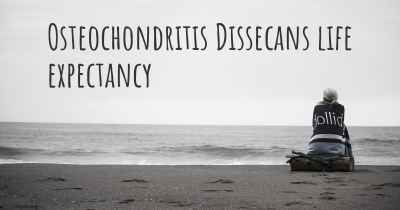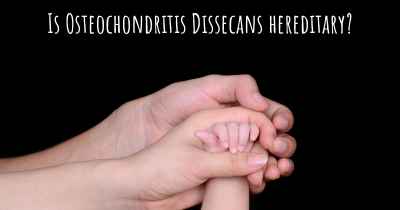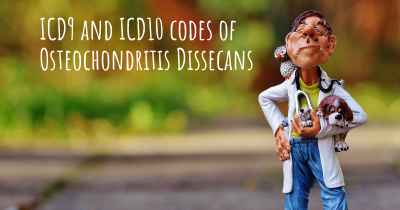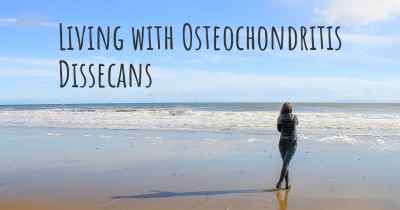Does Osteochondritis Dissecans have a cure?
Here you can see if Osteochondritis Dissecans has a cure or not yet. If there is no cure yet, is Osteochondritis Dissecans chronic? Will a cure soon be discovered?
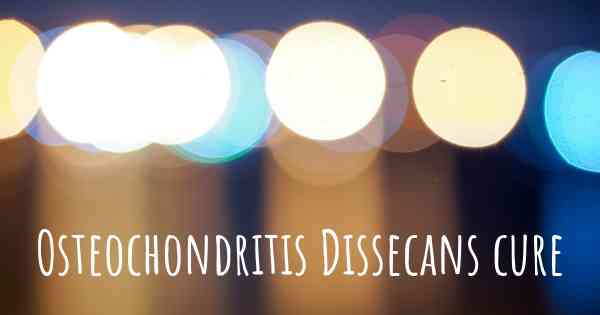
Osteochondritis Dissecans (OCD) is a condition where a piece of bone and cartilage separates from the joint surface. While there is no definitive cure for OCD, treatment options aim to alleviate symptoms and promote healing. Non-surgical approaches include rest, physical therapy, and medication. In more severe cases, surgical intervention may be necessary to remove or repair the affected area. Early diagnosis and appropriate management can significantly improve outcomes and prevent long-term complications.
Osteochondritis Dissecans (OCD) is a condition that affects the joints, particularly the knee, elbow, and ankle. It occurs when a small piece of bone and cartilage separates from the joint surface, leading to pain, swelling, and limited joint movement. OCD primarily affects adolescents and young adults who are active in sports or have a history of joint trauma.
When diagnosed with OCD, patients often wonder if there is a cure for this condition. While there is no definitive cure for OCD, there are several treatment options available that can help manage the symptoms and improve the patient's quality of life.
Non-Surgical Treatment:
In many cases, non-surgical treatment methods are initially recommended. These may include:
- Rest and Activity Modification: Limiting or avoiding activities that put stress on the affected joint can help reduce symptoms and promote healing.
- Physical Therapy: Specific exercises and stretches can help strengthen the muscles around the joint, improve joint stability, and reduce pain.
- Medications: Nonsteroidal anti-inflammatory drugs (NSAIDs) may be prescribed to alleviate pain and reduce inflammation.
- Bracing: Using a brace or cast can provide support to the joint and promote healing.
Surgical Treatment:
If non-surgical methods fail to provide relief or if the condition is severe, surgical intervention may be necessary. The specific surgical procedure depends on the size, location, and stability of the osteochondral lesion. Some common surgical options include:
- Arthroscopic Debridement: In this minimally invasive procedure, the loose fragment is removed, and the damaged area is smoothed to promote healing.
- Microfracture: This procedure involves creating small holes in the bone beneath the lesion to stimulate the growth of new cartilage.
- Osteochondral Autograft Transplantation (OATS): Healthy cartilage and bone from another part of the body are transferred to the damaged area to replace the missing or damaged tissue.
- Osteochondral Allograft Transplantation: Similar to OATS, but the cartilage and bone grafts are taken from a donor.
It is important to note that the success of surgical treatment depends on various factors, including the patient's age, overall health, and the extent of the lesion. Rehabilitation and post-operative care are crucial for optimal recovery.
Long-Term Outlook:
While there is no definitive cure for OCD, with appropriate treatment, many individuals can experience significant improvement in their symptoms and regain normal joint function. The success of treatment depends on early diagnosis, adherence to treatment plans, and lifestyle modifications. It is essential for individuals with OCD to work closely with their healthcare providers to develop a personalized treatment approach that suits their specific needs.
If you suspect you may have OCD or are experiencing joint pain and limited mobility, it is important to consult with a qualified healthcare professional for an accurate diagnosis and appropriate treatment recommendations.
